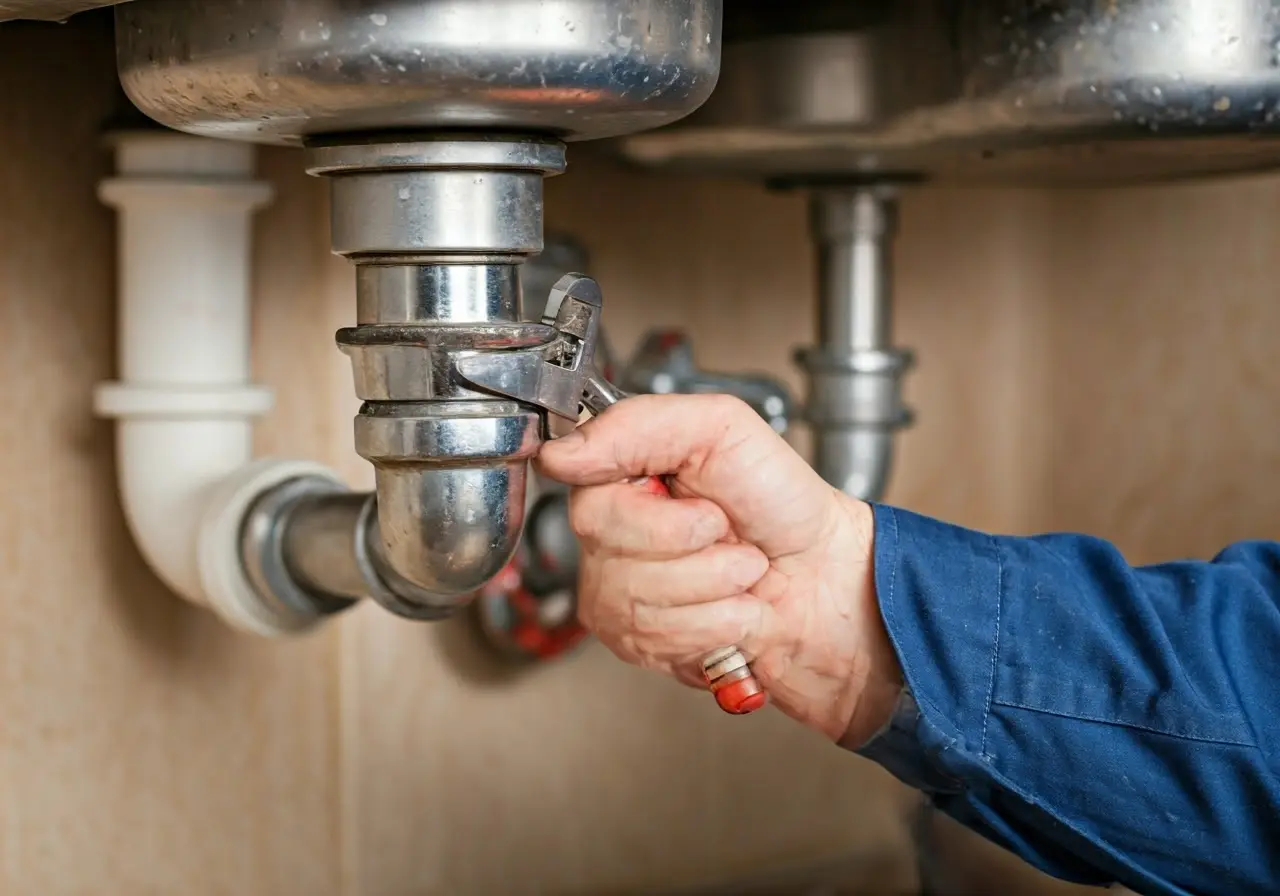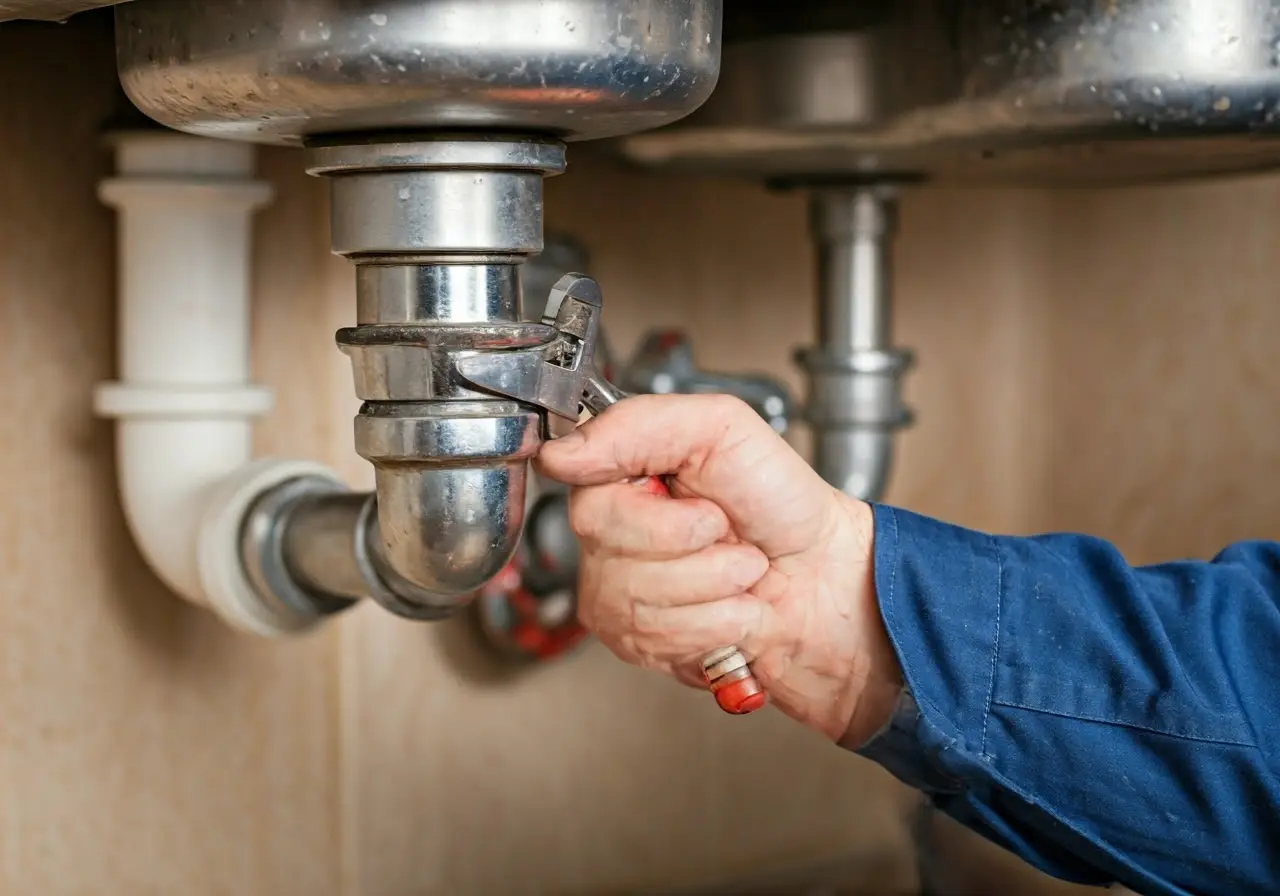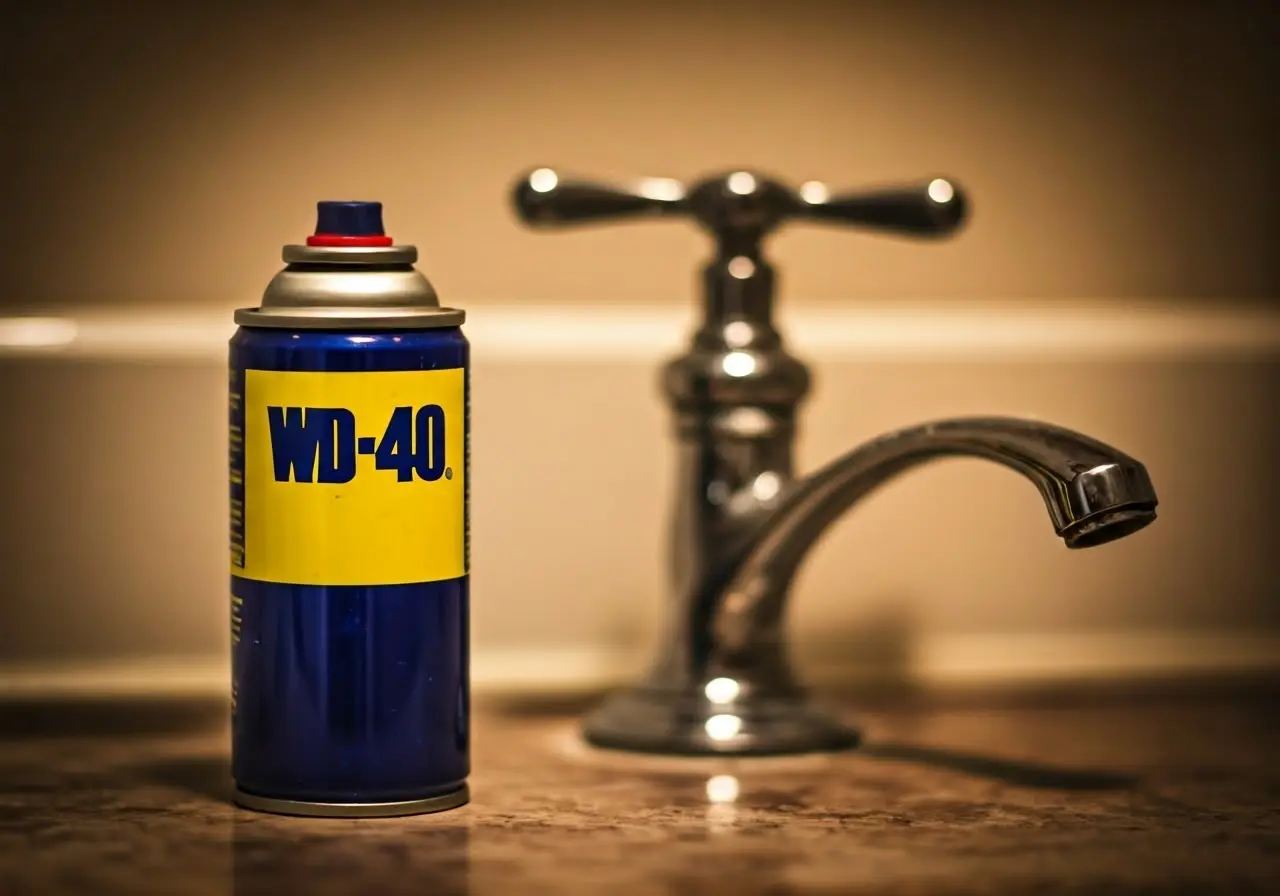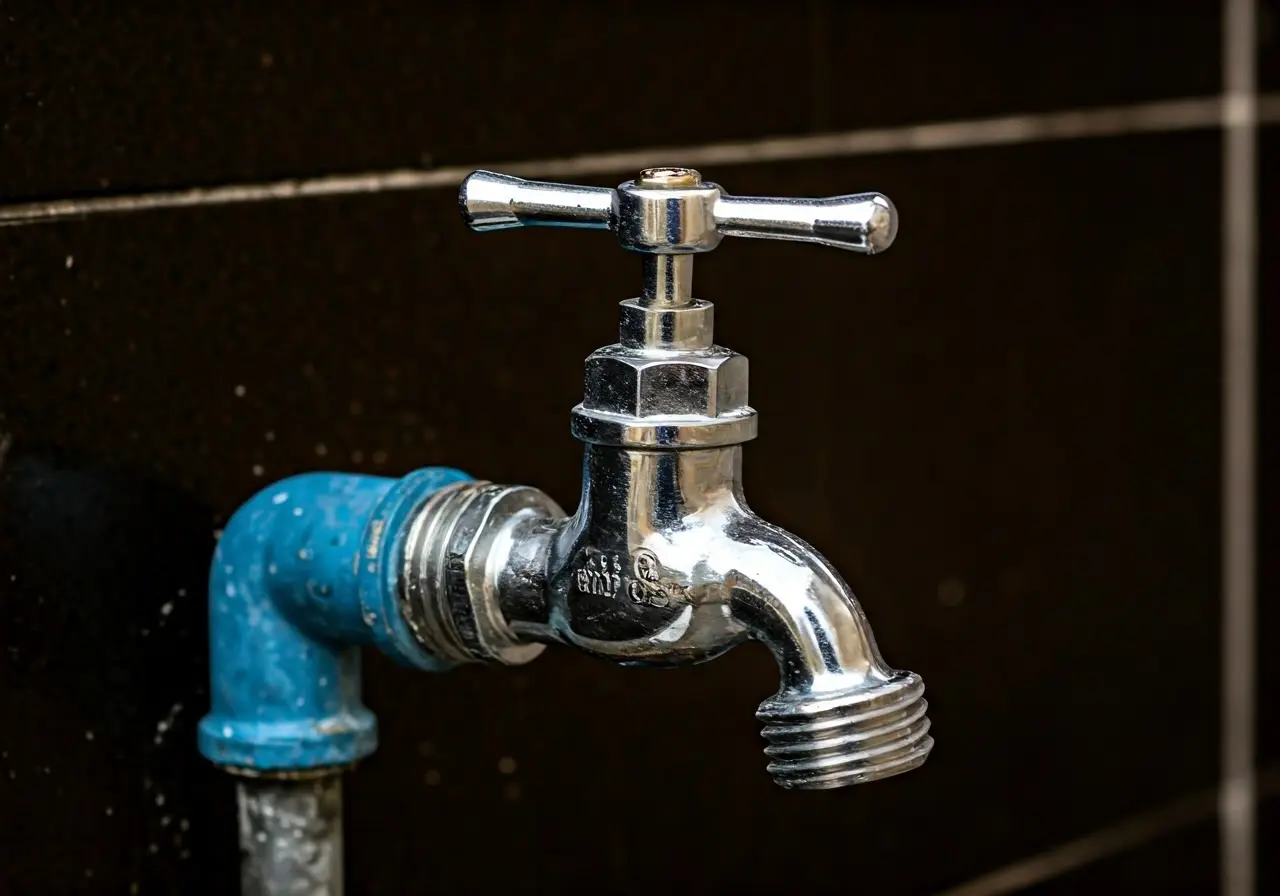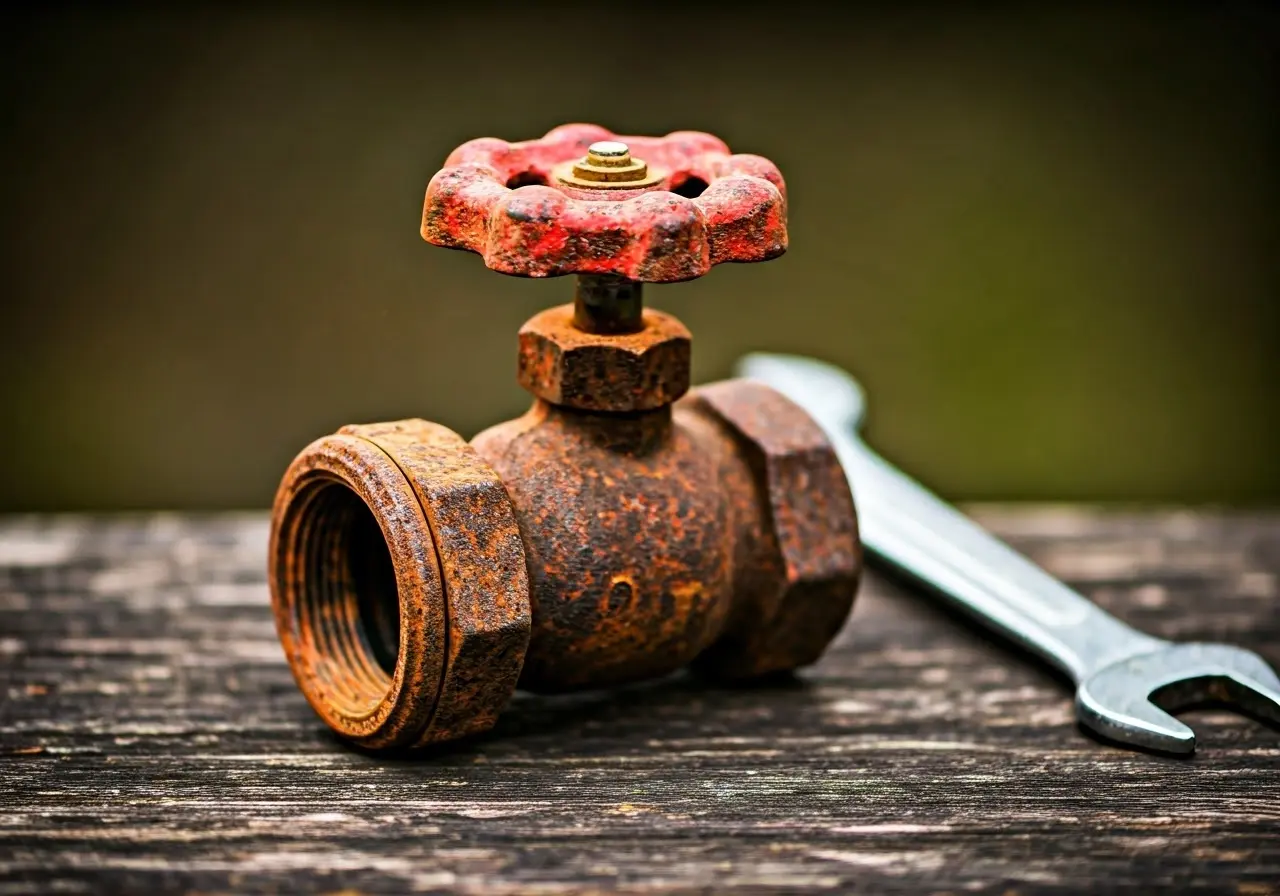Dealing with blocked waste pipes can be frustrating and inconvenient, but there are simple steps you can take to resolve the problem before calling a professional. In this FAQ guide, we’ll take you through a step-by-step process to get your pipes running smoothly again.
Identify the Signs of a Blocked Pipe
Before you can fix a blocked pipe, you need to recognize the symptoms. Look for slow drainage, unpleasant odors, and gurgling sounds coming from your pipes.
Water taking longer than usual to drain is a common early warning sign of a blockage. This might occur during showering or when emptying sinks. Don’t ignore it.
You might also detect unusual smells coming from the drains. These odors are often caused by trapped organic materials breaking down.
Strange noises such as gurgling can indicate air trapped in the pipes due to blockages. This is a sign that water isn’t flowing smoothly.
Gather Your Tools
You’ll need some basic tools to tackle the blockage: a plunger, a drain snake, and perhaps some gloves and a bucket to catch any overflow.
Having a set of tools ready is crucial for handling blockages efficiently. These include a pair of sturdy rubber gloves to prevent direct contact with dirty water and debris.
A flashlight can be a helpful addition when inspecting pipes under sinks or in dimly lit areas. This ensures you don’t miss any obstructions.
Try the Plunger First
Using a plunger is often the simplest and fastest way to clear minor blockages. Be sure to create a tight seal and apply pressure evenly.
Start by filling the sink with enough water to cover the plunger head. This helps create the necessary suction to dislodge blockages.
Pump vigorously for about 20 seconds. You might need to repeat the process a few times to clear the blockage completely.
Remember, using a flat plunger for sinks and a flange plunger for toilets is best as each design serves a specific purpose.
Use a Drain Snake for Stubborn Blockages
If the plunger doesn’t work, it’s time to use a drain snake. Carefully insert the snake into the pipe, turning it clockwise to break up the blockage.
The flexibility of a drain snake allows it to navigate through bends in the pipe, reaching deeper blockages that plungers can’t.
Rotate the snake as you insert it, which helps it latch onto and break up stubborn debris. Be gentle to avoid damaging the pipes.
For long-term issues like recurring clogs, consider professional-grade snakes or contacting a plumber for a more thorough clean.
Consider a Homemade Drain Cleaner
A mixture of baking soda and vinegar can sometimes help dissolve blockages. Pour half a cup of baking soda followed by a cup of vinegar down the drain, and let it sit for a while before flushing with hot water.
The fizzy reaction from baking soda and vinegar breaks down grease, hair, and other clogs naturally, offering a greener solution for your drainage issues.
Follow this up with boiling water, which helps flush the dissolved particles all the way through your drainage system.
While this method is potent for minor blockages, it might not be as effective for more serious clogs deep in the piping.
Prevent Future Blockages
Keep your waste pipes in top shape by avoiding flushing down food scraps, hair, and grease. Regular maintenance can drastically reduce the likelihood of blockages.
Invest in drain strainers to catch hair and other debris. These are easy to install and very effective at preventing clogs.
Educate family members on what can safely go down the drain. Even small changes like scraping plates into the bin can make a significant difference.
Consider scheduling an annual check-up with a professional plumber to keep your pipes in prime condition and catch issues before they become major problems.
Wrapping It Up: DIY Tips and When to Call a Professional
By following these steps, you can often clear blocked waste pipes on your own, saving time and money. However, if these solutions don’t work or if you’re unsure at any stage, it’s best to seek professional help. Preventive maintenance is key, so remember to keep an eye on what goes down your drains to avoid future blockages.

